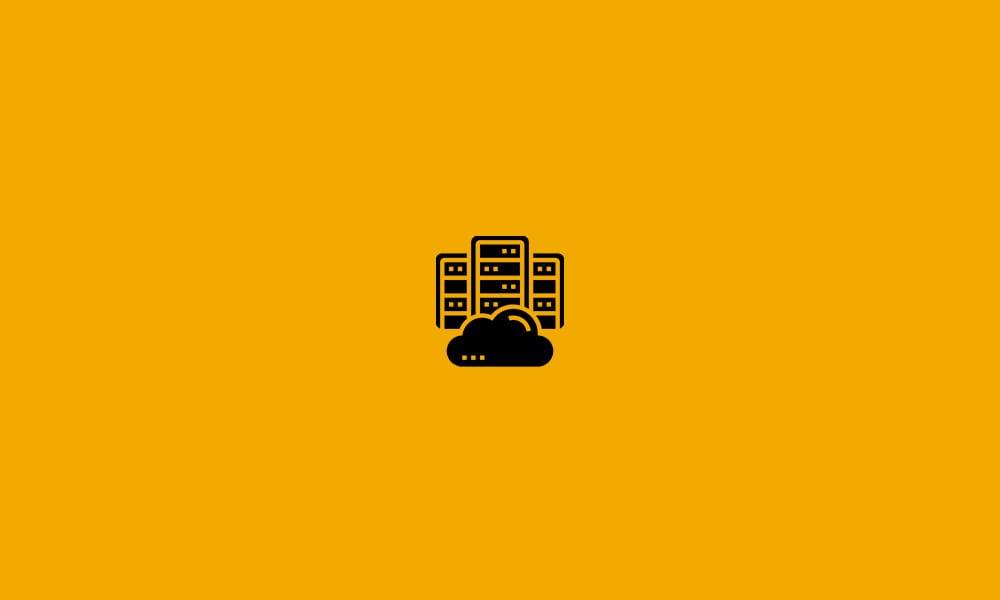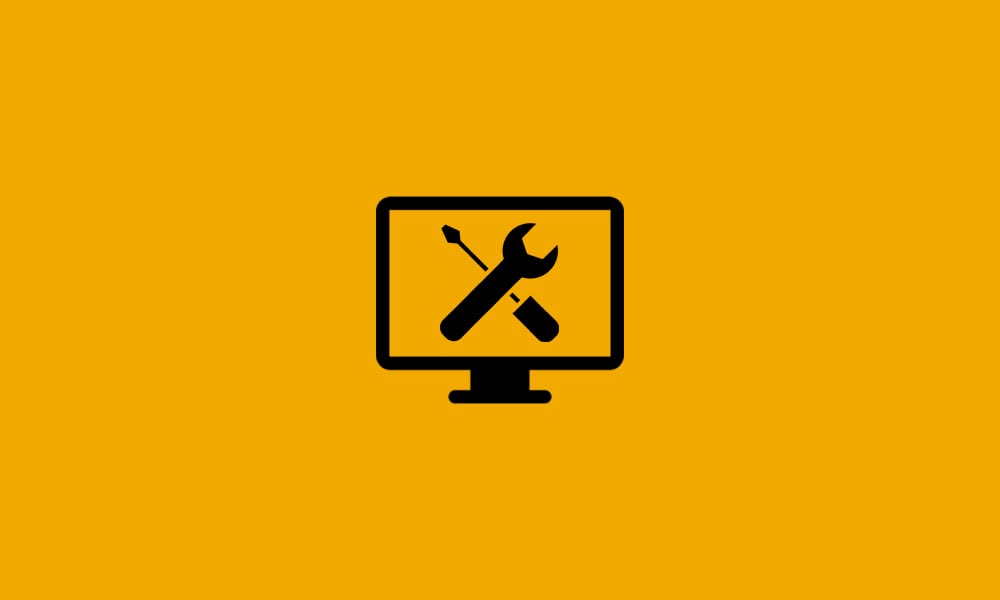MS Exchange Critical Security Threat – We’ve Got Your Back!

You may have heard rumblings across the Internet of a giant Microsoft Exchange vulnerability that raised its ugly head this week. On Tuesday evening, Microsoft announced the existence of four critical zero-day security vulnerabilities affecting all current versions of Microsoft Exchange Server. That’s the same time we stepped up to make sure that all DataYard […]
Importance of IT in Quarantine Remote Work

With the outbreak of the COVID-19 virus and the implementation of quarantine and social distancing measures, most office workers are finding themselves operating from home. While many modern offices have some degree of work from home policies in place, the idea of everyone working from home day after day is a much different situation. Everyone is having to rapidly adjust. Working […]
Outsourcing CTO Responsibilities

For small and even medium sized businesses, it can be difficult to figure out which positions you need in your company and which ones you don’t. This is especially true when it comes to executive positions. On one hand, team leadership is vital for maintaining structure, managing departments, and growing in a healthy manner. On […]
Building an IT Support Partnership

Many in-house IT teams find themselves overworked as emergencies and critical responsibilities take precedence over updates, strategy, monitoring, etc. That’s why so many businesses can benefit from a partnership with a third-party IT company.
Setting Expectations for Your IT Support

In today’s digital, data driven world, your IT department has never been more important. Digital security should be one of the top priorities of any modern business. After all, a data breach costs a company an average of $8.19 million. Of course, an IT team handles much more than security. From setting up employees with […]
New Website Announcement

We’re sticking to our motto “make IT better” by launching this brand spanking new website. It’s a little different than before but we think you’ll like it. For some, this change may come as a surprise and you might not recognize that it’s really us and for others, it might be hard to navigate at […]
HTTPster Update

HTTP (Hypertext Transfer Protocol) is the default protocol used to transfer data between a Web server and a Web browser. When you open Internet Explorer, Chrome, Firefox or Safari and type a URL in the address bar (for example, https://www.datayard.us); you’re actually sending an HTTP request to DataYard’s Web server requesting information; in this case […]
DataYard – At Your Service
DataYard – At Your Service! Now available by popular demand, DataYard has created a brand new offering under a brand new division, At Your Service. AYS will help regional companies with all aspects of business IT – whether it is managing existing workstations and servers, migrating to a VoIP phone service, upgrading network equipment, or guiding your transition to […]
